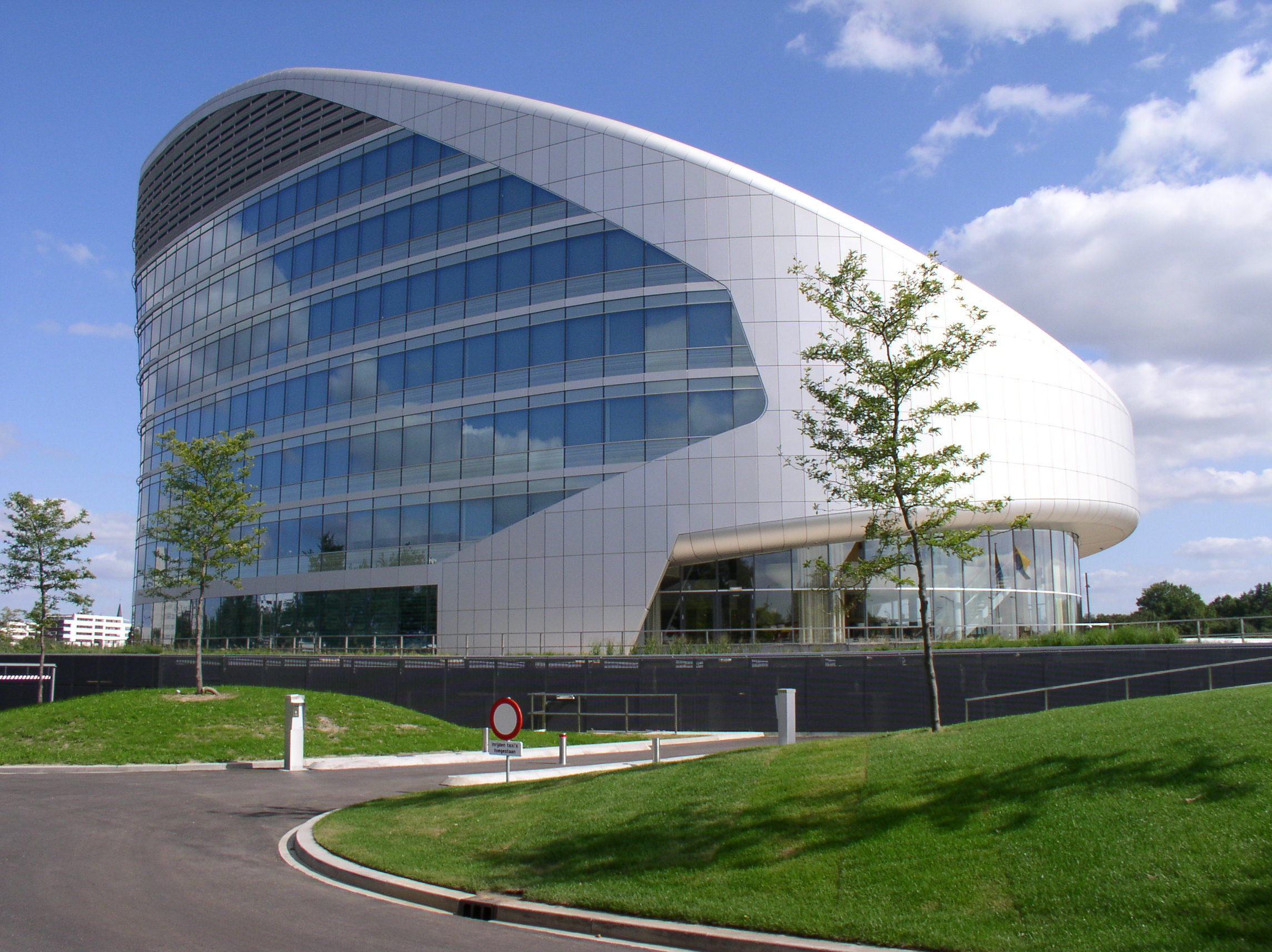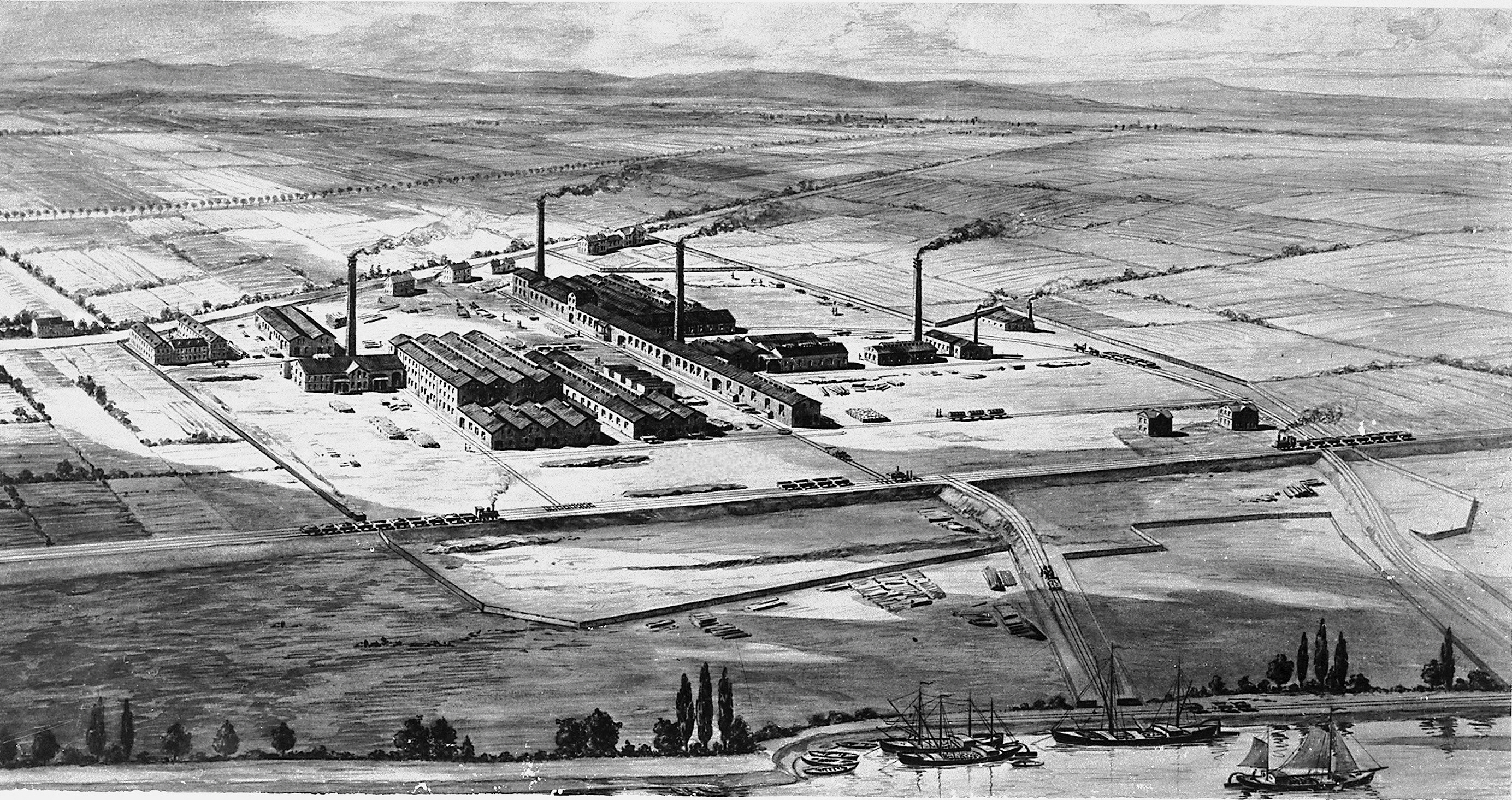|
Polybutylene Terephthalate
Polybutylene terephthalate (PBT) is a thermoplastic engineering polymer that is used as an insulator in the electrical and electronics industries. It is a thermoplastic (semi-)crystalline polymer, and a type of polyester. PBT resists solvents, shrinks very little during forming, is mechanically strong, is heat-resistant up to (or with glass-fibre reinforcement), and can be treated with flame retardants to make it noncombustible. It was developed by Britain's Imperial Chemical Industries (ICI). PBT is closely related to other thermoplastic polyesters. Compared to PET ( polyethylene terephthalate), PBT has slightly lower strength and rigidity, slightly better impact resistance, and a slightly lower glass transition temperature. PBT and PET are sensitive to hot water above (140 °F). PBT and PET need UV protection if used outdoors, and most grades of these polyesters are flammable, although additives can be used to improve both UV and flammability properties. Application ... [...More Info...] [...Related Items...] OR: [Wikipedia] [Google] [Baidu] |
Fire-safe Polymers
Fire-safe polymers are polymers that are resistant to degradation at high temperatures. There is need for fire-resistant polymers in the construction of small, enclosed spaces such as skyscrapers, boats, and airplane cabins.Zhang, H. ''Fire-Safe Polymers and Polymer Composites,'' Federal Aviation Administration technical report; U.S. Department of Transportation: Washington, D.C., 2004. In these tight spaces, ability to escape in the event of a fire is compromised, increasing fire risk. In fact, some studies report that about 20% of victims of airplane crashes are killed not by the crash itself but by ensuing fires.Sarkos, C. P. The Effect of Cabin Materials on Aircraft Postcrash Fire Survivability. ''Technical Papers of the Annual Technical Conference'' 1996, ''54'' (3), 3068-3071. Fire-safe polymers also find application as adhesives in aerospace materials,Kumar, D.; Gupta, A. D.; Khullar, M. Heat-resistant thermosetting polymers based on a novel tetrakisaminophenoxycyclotriphospha ... [...More Info...] [...Related Items...] OR: [Wikipedia] [Google] [Baidu] |
Plastics
Plastics are a wide range of synthetic or semi-synthetic materials that use polymers as a main ingredient. Their plasticity makes it possible for plastics to be moulded, extruded or pressed into solid objects of various shapes. This adaptability, plus a wide range of other properties, such as being lightweight, durable, flexible, and inexpensive to produce, has led to its widespread use. Plastics typically are made through human industrial systems. Most modern plastics are derived from fossil fuel-based chemicals like natural gas or petroleum; however, recent industrial methods use variants made from renewable materials, such as corn or cotton derivatives. 9.2 billion tonnes of plastic are estimated to have been made between 1950 and 2017. More than half this plastic has been produced since 2004. In 2020, 400 million tonnes of plastic were produced. If global trends on plastic demand continue, it is estimated that by 2050 annual global plastic production will reach over 1,1 ... [...More Info...] [...Related Items...] OR: [Wikipedia] [Google] [Baidu] |
Polyesters
Polyester is a category of polymers that contain the ester functional group in every repeat unit of their main chain. As a specific material, it most commonly refers to a type called polyethylene terephthalate (PET). Polyesters include naturally occurring chemicals, such as in plants and insects, as well as synthetics such as polybutyrate. Natural polyesters and a few synthetic ones are biodegradable, but most synthetic polyesters are not. Synthetic polyesters are used extensively in clothing. Polyester fibers are sometimes spun together with natural fibers to produce a cloth with blended properties. Cotton-polyester blends can be strong, wrinkle- and tear-resistant, and reduce shrinking. Synthetic fibers using polyester have high water, wind and environmental resistance compared to plant-derived fibers. They are less fire-resistant and can melt when ignited. Liquid crystalline polyesters are among the first industrially used liquid crystal polymers. They are used for their ... [...More Info...] [...Related Items...] OR: [Wikipedia] [Google] [Baidu] |
Evonik Industries
Evonik Industries AG is a stock-listed German specialty chemicals company headquartered in Essen, North Rhine-Westphalia, Germany. It is the second largest chemicals company in Germany, and one of the largest specialty chemicals companies in the world. It is predominantly owned by the RAG Foundation and was founded on 12 September 2007 as a result of restructuring of the mining and technology group RAG. Evonik Industries united the business areas of chemicals, energy and real estate of RAG, while mining operations continue to be carried out by RAG. Since then, the energy and real estate business areas have been divested, with no share being held in the former and a minority share still being held in the latter. Its specialty chemicals business generates around 80% of sales in areas in which it holds leading market positions. Evonik Industries employs about 37,000 people and carries out activities in more than 100 countries. The operating activities are organized into si ... [...More Info...] [...Related Items...] OR: [Wikipedia] [Google] [Baidu] |
Saudi Basic Industries Corporation
Saudi Basic Industries Corporation ( ar, الشركة السعودية للصناعات الأساسية), known as SABIC ( ar, سابك), is a Saudi chemical manufacturing company. 70% of SABIC's shares are owned by Saudi Aramco. It is active in petrochemicals, chemicals, industrial polymers, fertilizers, and metals. It is the second largest public company in the Middle East and Saudi Arabia as listed in Tadawul. In 2017, SABIC was ranked fourth in the world among chemical companies by Fortune Global 500. By the end of 2018 SABIC was the world's 281st-largest corporation. In 2014, the company had sales revenues of $50.4 billion, profits of $6.7 billion and assets standing at $90.4 billion. It also has been recognized as the world's second most valuable brand in the chemicals industry by Brand Finance in 2021. History SABIC was founded in 1976 by royal decree to convert oil by-products into useful chemicals, polymers, and fertilizers. The first chairman of the company was Gha ... [...More Info...] [...Related Items...] OR: [Wikipedia] [Google] [Baidu] |
BASF
BASF SE () is a German multinational chemical company and the largest chemical producer in the world. Its headquarters is located in Ludwigshafen, Germany. The BASF Group comprises subsidiaries and joint ventures in more than 80 countries and operates six integrated production sites and 390 other production sites in Europe, Asia, Australia, the Americas and Africa. BASF has customers in over 190 countries and supplies products to a wide variety of industries. Despite its size and global presence, BASF has received relatively little public attention since it abandoned the manufacture and sale of BASF-branded consumer electronics products in the 1990s. At the end of 2019, the company employed 117,628 people, with over 54,000 in Germany. , BASF posted sales of €59.3 billion and income from operations before special items of about €4.5 billion. Between 1990 and 2005, the company invested €5.6 billion in Asia, specifically in sites near Nanjing and Shanghai ... [...More Info...] [...Related Items...] OR: [Wikipedia] [Google] [Baidu] |
Lanxess
Lanxess AG is a German specialty chemicals company based in Cologne, Germany that was founded in 2004 via the spin-off of the chemicals division and parts of the polymers business from Bayer AG. Shares in Lanxess AG were listed in Germany’s DAX from September 24, 2012 to September 21, 2015 and form part of MDAX, a midcap index. The company is listed in the Dow Jones Sustainability Index and FTSE4Good Index. In 2016, the company began to focus on the market for additives for lubricants and fire retardants by acquiring Chemtura and placing its rubber business into a joint venture with Aramco. In February 2020, Lanxess acquired Brazilian biocide manufacturer Itibanyl Produtos Especiais Ltda. (IPEL). In July 2022, Lanxess completed its acquisition of International Flavors & Fragrances International Flavors & Fragrances is an American corporation that produces flavors, fragrances, and cosmetic actives, which it markets globally. It is headquartered in New York City and has c ... [...More Info...] [...Related Items...] OR: [Wikipedia] [Google] [Baidu] |
Ticona
Celanese Corporation, formerly known as Hoechst Celanese, is an American technology and specialty materials company headquartered in Irving, Texas. A Fortune 500 corporation, the company is the world’s leading producer of acetic acid, producing about 1.95 million tonnes per year, representing approximately 25% of global production. Celanese is also the world's largest producer of vinyl acetate monomer (VAM). Celanese operates 25 production plants and six research centers in 11 countries, mainly in North America, Europe, and Asia. The company owns and operates the world's three largest acetic acid plants: one in the Clear Lake area of Pasadena, Texas, one on Jurong Island in Singapore, and a third in Nanjing, China. History In 1918, the American Cellulose & Chemical Manufacturing Company (known as Amcelle) was founded in New York City by Swiss chemist Camille Dreyfus. The American Cellulose and Chemical Manufacturing Co. Ltd plant in Cumberland, Maryland, was set up dur ... [...More Info...] [...Related Items...] OR: [Wikipedia] [Google] [Baidu] |
DSM (company)
Koninklijke DSM N.V. (Royal DSM, commonly known as DSM), is a Dutch multinational corporation active in the fields of health, nutrition and materials. Headquartered in Heerlen, at the end of 2017 DSM employed 21,054 people in approximately 50 countries and posted net sales of €8.632 billion in 2018 and €9.204 billion in 2021. History DSM was formed by the Dutch state in 1902 to mine coal reserves in southern Limburg and although the company had diversified into commodity chemicals and petrochemicals by 1973 when the last mine closed, DSM retains a link to its origins by continuing to use the initials, originally an abbreviation for Dutch State Mines, to this day. During World War II researchers worked on penicillin. The code name Bacinol was used to keep the research secret from the Germans. The research was done at the company Nederlandsche Gist- en Spiritusfabriek, Dutch Yeast and Spirits Factory, later becoming DSM Sinochem Pharmaceuticals, in Delft. In 1989 the go ... [...More Info...] [...Related Items...] OR: [Wikipedia] [Google] [Baidu] |
Comparative Tracking Index
The Comparative Tracking Index (CTI) is used to measure the electrical breakdown (tracking) properties of an insulating material. Tracking is an electrical breakdown on the ''surface'' of an insulating material wherein an initial exposure to electrical arcing heat carbonizes the material. The carbonized areas are more conductive than the pristine insulator, increasing current flow, resulting in increased heat generation, and eventually the insulation becomes completely conductive. Details A large voltage difference gradually creates a conductive leakage path across the surface of the material by forming a carbonized track. Testing method is specified in IEC standard 60112 and ASTM D3638. To measure the tracking, 50 drops of 0.1% ammonium chloride solution are dropped on the material, and the voltage measured for a 3 mm thickness is considered representative of the material performance. Also term PTI (Proof Tracking Index) is used: it means voltage at which during testing o ... [...More Info...] [...Related Items...] OR: [Wikipedia] [Google] [Baidu] |
UL 94
UL 94, the Standard for Safety of Flammability of Plastic Materials for Parts in Devices and Appliances testing, is a plastics flammability standard released by Underwriters Laboratories of the United States. The standard determines the material’s tendency to either extinguish or spread the flame once the specimen has been ignitedUL-94is now harmonized with IECbr>60695-11-10an60695-11-20and ISObr>9772an The VW-1 (vertical wire burn) rating is sometimes erroneously associated with UL 94, but it (and some other flammability tests) is described by UL 1581 (Reference Standard for Electrical Wires, Cables, and Flexible Cords). Classifications From lowest (Least flame-retardant) to highest (Most flame-retardant): *HB: slow burning on a horizontal specimen; burning rate < 76 mm/min for thickness < 3 mm or burning stops before 100 mm *V-2: burning stops within 30 seconds on a vertical specimen; drips of flaming particles are allowed. *V-1: burning stops within 30 secon ... [...More Info...] [...Related Items...] OR: [Wikipedia] [Google] [Baidu] |






